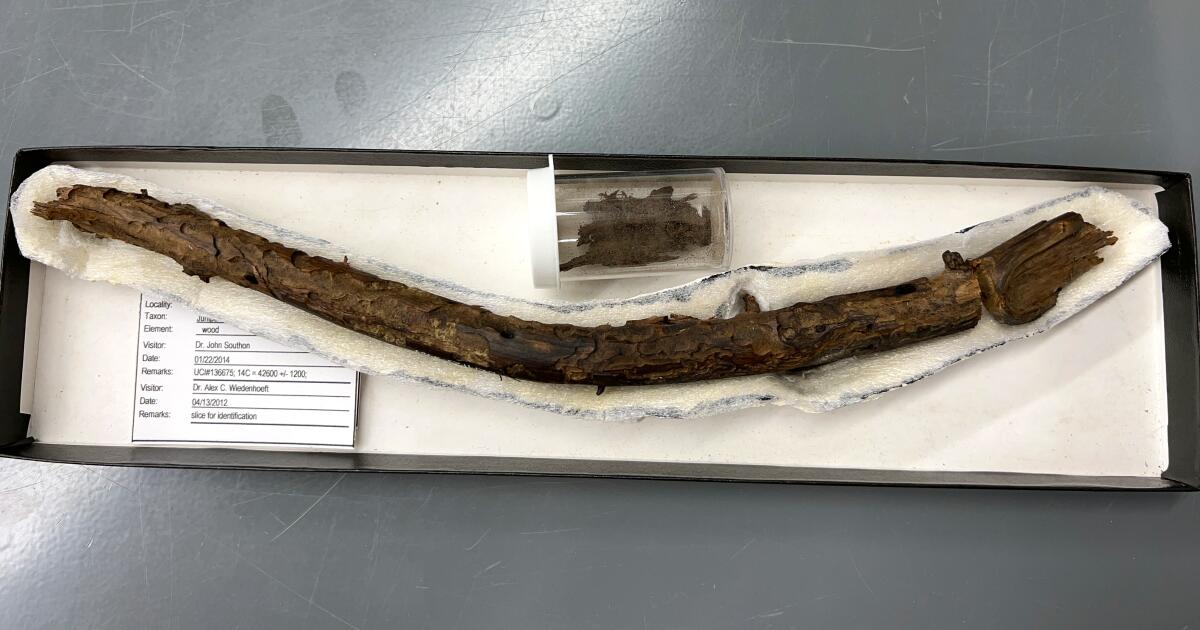
California Joshua tree is not threatened, regulators say. It could bring more development
LA TimesA view of the Milky Way is framed by Joshua trees at Joshua Tree National Park. The analysis determined that scientific evidence currently possessed by state wildlife authorities “does not demonstrate that populations of the species are negatively trending in a way that would lead the department to believe that the species is likely to be in serious danger of becoming extinct throughout all or a significant portion of its range in the foreseeable future.” Advocates for western Joshua trees vigorously objected to the recommendation. “But that is essentially what state biologists are asking us to do with western Joshua trees in distress.” As of this month, the entire range of the western Joshua tree remains in severe or extreme drought, and a recent National Oceanic and Atmospheric Administration report predicted those conditions may become the norm after 2030. On a recent morning, Cummings hiked across a mile-square nature preserve near Joshua Tree National Park created, in part, to give federally endangered desert tortoises and more than 1,000 western Joshua trees within its boundaries a fighting chance for survival. Now, the biggest threat is climate change, according to Cameron Barrows, a research ecologist at UC Riverside, who said he wanted to see Joshua trees listed because such protections “might act as a catalyst toward creation of land-use proposals that would benefit wildlife and developers alike.” In the meantime, environmentalists are hopeful the commission will still vote to list western Joshua trees.
History of this topic

California drafts plan to save its iconic and imperiled Joshua trees
Associated Press
State releases new plan to protect Joshua trees
LA Times
As crews chainsaw Joshua trees, Mojave Desert community protests solar energy project
LA Times
Joshua trees bloom more often with climate change, study finds. Here’s why people are worried
LA Times
As California’s climate grows ever more hostile, a Joshua tree rescue plan takes shape
LA Times
Opinion: Kill Joshua trees for a desert solar project? Readers want none of it
LA Times
California’s famed Joshua trees are burning up fast. They might be impossible to replace
LA Times
New law to protect Joshua trees from climate change imposes fees on desert developers
LA Times
Editorial: Finally, a plan to save Joshua trees from climate change — and the bureaucrats
LA Times
Newsom administration offers legislation to protect western Joshua tree
LA Times
Editorial: Climate change is killing California’s iconic trees
LA Times
California debates listing western Joshua tree as threatened
The Independent
Editorial: Joshua trees, threatened by climate change, deserve California’s protection
LA Times
California grants western Joshua trees temporary endangered species protections
LA Times
Renewable energy corporations fight endangered species status for Joshua trees
LA Times
Worries mount in Yucca Valley that Joshua trees will be designated an endangered species
LA TimesDiscover Related


































